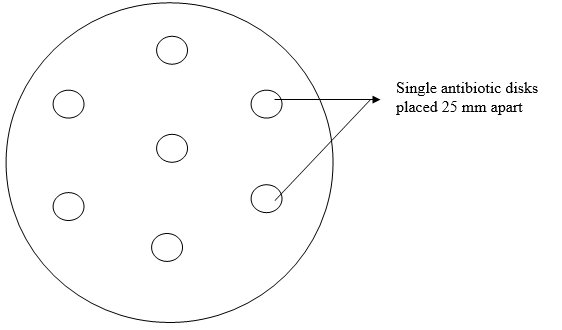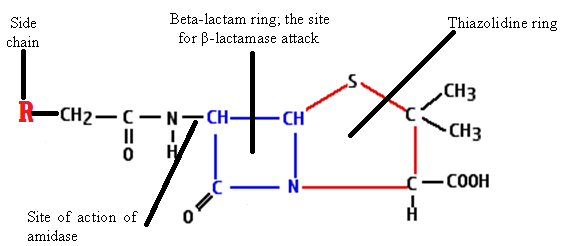GOOD MANUFACTURING PRACTICE (GMP)
Good manufacturing practice (GMP) is simply defined as those general rules that govern the manufacture and/or production of a safe, efficacious and microbial-free pharmaceutical product. GMP are practices and the systems required to be adapted in pharmaceutical manufacturing, quality control, and quality system covering the manufacture and testing of pharmaceuticals or drugs including active pharmaceutical ingredients, […]
GOOD MANUFACTURING PRACTICE (GMP) Read More »
Pharmaceutical Microbiology









